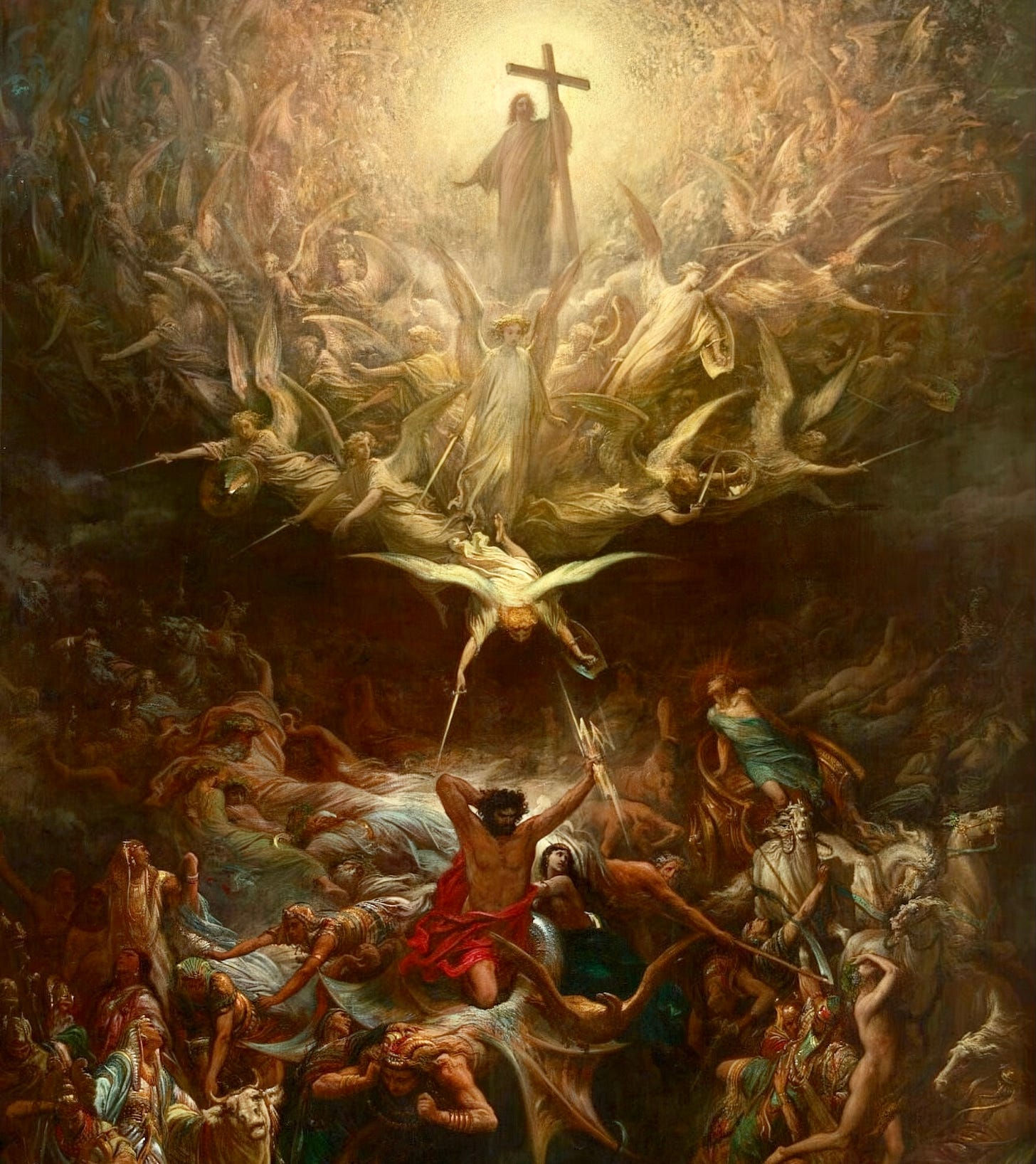How Christianity Shaped Art
And how to paint the infinite
Early Christian artists faced an impossible challenge: how do you depict a God who exists beyond the limits of space, time, and material representation?
What does it mean to paint the infinite? To give form to the formless?
It was a task that required not only technical skill, but a theologically robust conceptual framework that invited contemplation while still preserving the mystery of faith.
Compared to other religious traditions, Christianity’s approach was unique. In Islamic culture, for example, depictions of divine figures are forbidden, and beauty is expressed through pattern, calligraphy, and architecture. The Jewish tradition maintained similar caution in its development, avoiding imagery that might blur the line between reverence and idolatry.
Early Christians were well aware of the risks involved in portraying divinity, and were hesitant to embrace religious imagery from the outset. But over time, the theological foundation of the faith invited a deeper exploration of what painting and sculpture could do.
In the process, Christianity transformed the very meaning of art itself — and set the path for all art (secular and religious) to this day…
Keep reading with a 7-day free trial
Subscribe to The Culturist to keep reading this post and get 7 days of free access to the full post archives.




